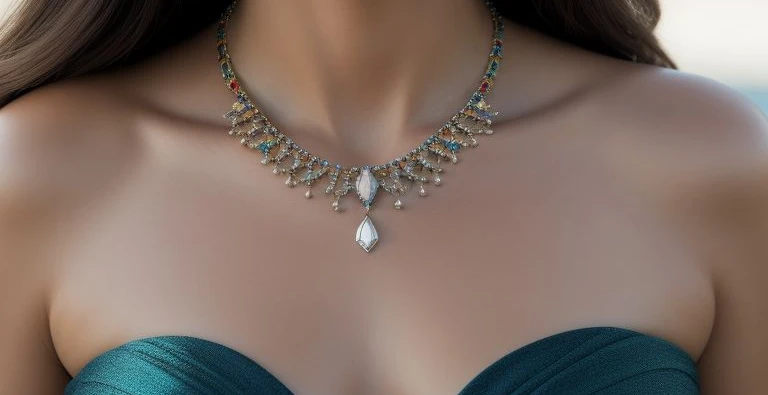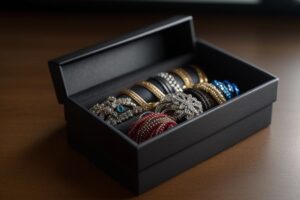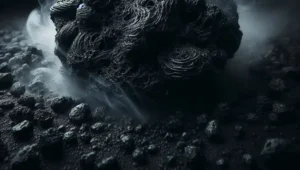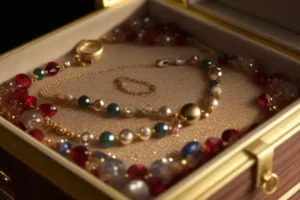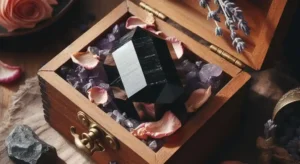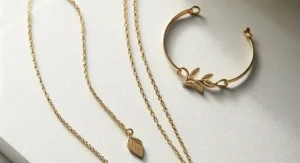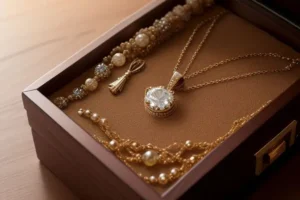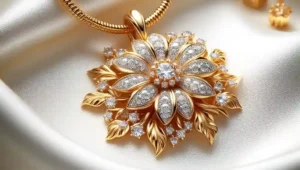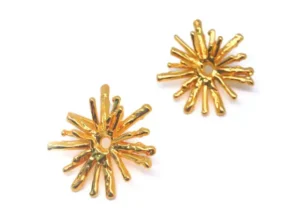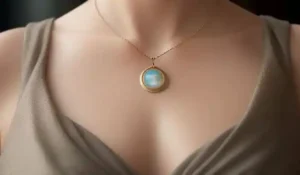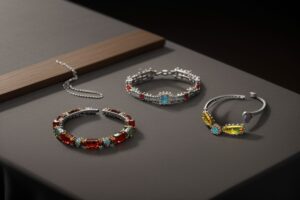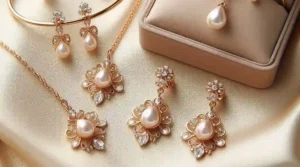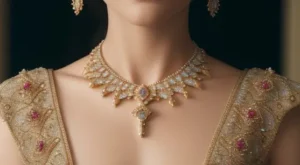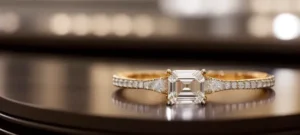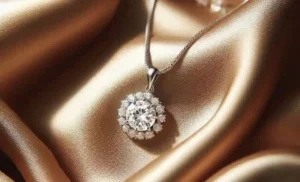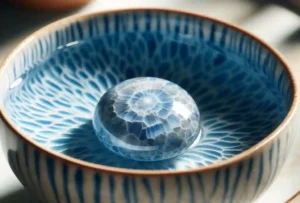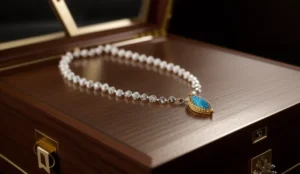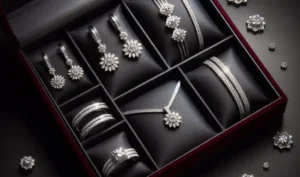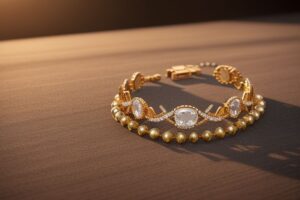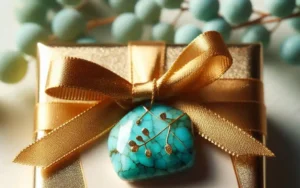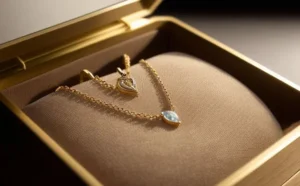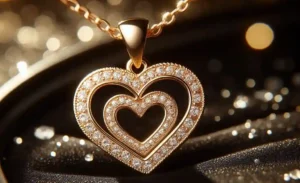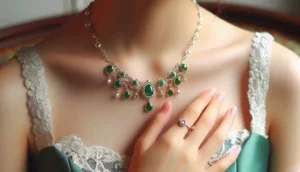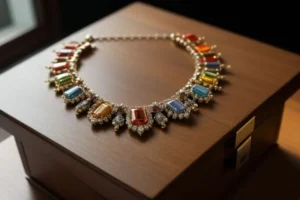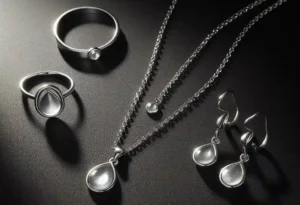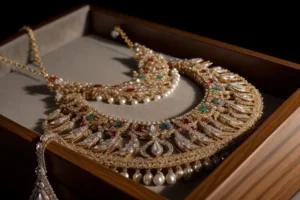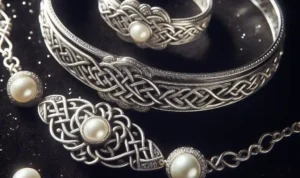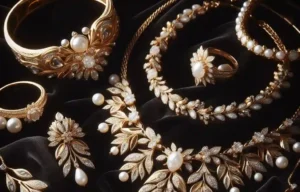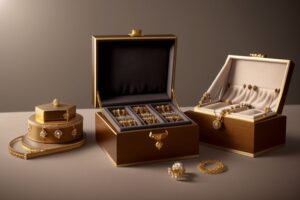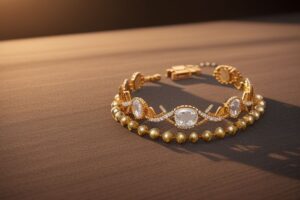How to Stop Necklaces From Turning? Every jewelry lover has experienced the frustration of their favourite necklace turning around and looking less than perfect.
You carefully chose your necklace to complete your outfit, but it refuses to stay put.
You may have also noticed your necklace discolouring over time. But why do necklaces turn, and how can we stop it? Let’s find the answers together.
How to Stop Necklaces From Turning?
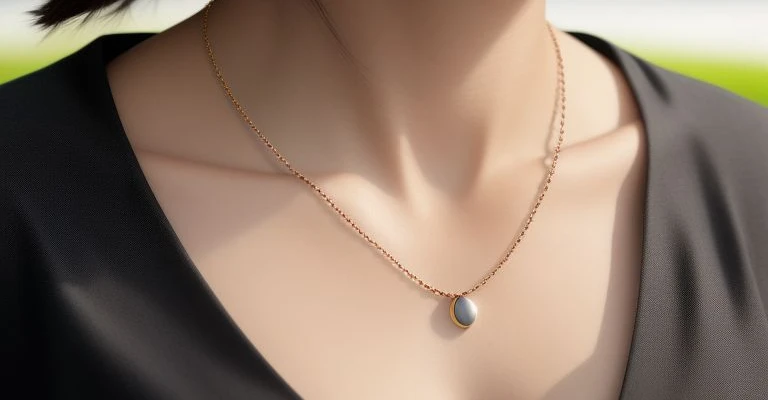
1. Avoid exposing your necklace to harsh elements: Sunlight, chlorine, and certain cleaning products can accelerate discoloration. Remember to remove your necklace during activities that could expose it to such elements.
2. Consider your body chemistry: High acidity levels in your sweat can react with the metals in your necklace, causing discoloration. Regular health check-ups and maintaining a balanced diet can help manage these acidity levels.
3. Adopt proper storage habits: Keep your necklace in a fabric-lined jewelry box, away from direct sunlight and moisture. This will protect it from scratches, tangling, and potential oxidation.
4. Clean your necklace regularly: Regular cleaning can help maintain the necklace’s shine and prevent tarnishing. Use mild soap or gentle homemade cleaners like baking soda paste or ketchup, followed by thorough drying.
5. Schedule professional cleaning: Occasionally, leave the care to the professionals. They can provide deep cleaning and also check for any potential damage or wear. This will ensure your necklace continues to look its best.
The Reason Behind Necklace Discoloration
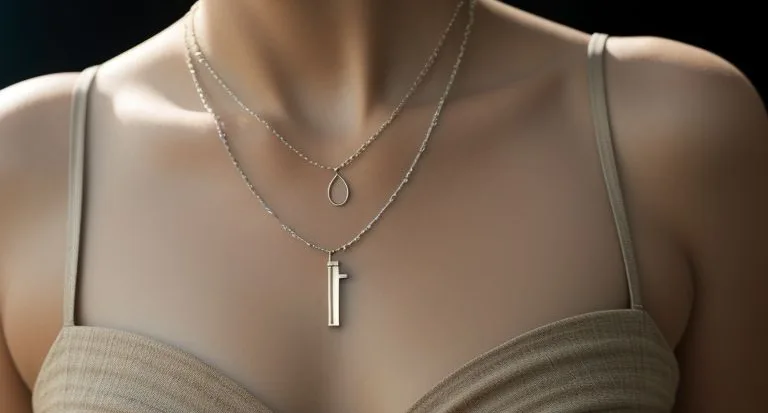
Necklace discoloration can be a puzzling phenomenon, but it often boils down to the metals used in the necklace reacting with elements in the atmosphere. Many of us have seen a beloved piece of jewelry change hue, sometimes turning green or black.
This change usually occurs when more affordable metals come into contact with oxygen and moisture in the air, leading to a process called oxidation. It’s not just cheaper metals that can discolor, though.
Higher-end metals like gold and silver can experience discoloration as well. This is due to tarnishing, another chemical reaction similar to oxidation.
The good news is that understanding this process can help in the prevention and treatment of necklace discoloration.
Body Chemistry and Its Effects on Jewelry
In a fascinating interplay between our bodies and our bling, it turns out that our individual body chemistry can impact our jewelry. One major player in this process is the acidity levels present in our sweat.
When these acidity levels are high, they can react with the metals in our necklaces, leading to unwanted discoloration. It’s also worth noting that these acidity levels aren’t uniform for everyone – they can vary based on numerous factors.
For example, certain medications and specific dietary choices can increase our body’s acidity levels, causing our jewelry to react more intensely.
This underscores the notion that our health and lifestyle choices can extend beyond our bodies and have tangible effects on our belongings, including our favorite necklaces.
External Factors: Environment and Care
Environmental influences and how you handle your jewelry can significantly impact its longevity and appearance. Prolonged exposure to sunlight, water, and harsh substances like pool chlorine or certain cleaning products can accelerate the discoloration of your necklace.
Removing your necklace when engaging in activities that might expose it to these elements is suggested. Using a mild jewelry cleaner rather than harsh chemicals can also safeguard your necklace from unnecessary tarnishing.
By making conscious choices about when and where you wear your necklace and how you clean it, you can help preserve its original luster and color.
The Importance of Proper Necklace Storage
When it comes to preserving the beauty and longevity of your necklaces, storage plays a crucial role. A common mistake made by many is to haphazardly toss their necklaces into a drawer or jewelry box, not considering the potential repercussions.
Not only can this lead to your necklaces getting tangled or damaged, but it can also expose them to elements that may hasten discoloration.
One primary factor to consider is sunlight. Just as prolonged sun exposure can be harmful to our skin, it can also impact your jewelry. Extended exposure to sunlight can cause your necklaces to fade or discolor over time. Therefore, it’s essential to store your necklaces in a place where direct sunlight does not reach them.
Another element to consider is moisture. Just as we discussed earlier how oxygen and moisture in the air can cause discoloration due to oxidation, the same can occur if your necklace storage area is not kept dry. Therefore, ensuring your storage area is dry is key to avoiding premature discoloration of your necklaces.
A jewelry box lined with fabric is an ideal storage solution. The fabric lining can serve a dual purpose. Firstly, it offers a soft surface that can help prevent scratches or damage to your necklaces. Secondly, it can help to absorb any excess moisture, protecting your necklaces from potential oxidation.
In summary, proper storage of your necklaces involves considering where and how you store them. Avoiding direct sunlight and keeping your storage environment dry, coupled with using a fabric-lined jewelry box, can go a long way in preserving the original beauty of your necklaces.
Professional Cleaning and Care
While your best attempts at home care can go a long way in maintaining the appearance and longevity of your necklaces, certain situations call for a professional touch. Jewelry specialists possess the knowledge and tools to provide a deep clean that’s hard to replicate at home.
They can gently remove accumulated dirt and grime, returning your necklace to its original sparkle. Additionally, a jeweler can assess your necklace for any signs of damage that may not be visible to the untrained eye and conduct necessary repairs.
Although this might incur an additional expense, investing in professional cleaning can significantly contribute to the lifespan of your precious pieces. By entrusting your necklace to the experts from time to time, you are ensuring it remains as dazzling and charming as the day you first wore it.
DIY Methods to Clean and Care for Your Necklace
Contrary to popular belief, maintaining the sparkle of your jewelry doesn’t always necessitate professional intervention. There are numerous effective and convenient cleaning techniques you can employ at home. One basic yet efficient method is immersing your necklace in lukewarm water combined with a few drops of gentle soap, facilitating the removal of accumulated grime and restoring its gleam.
For silver necklaces, a paste of baking soda and water works wonders. Apply this homemade cleaner gently, making sure to reach all nooks and corners. This simple remedy can help maintain the luster of your silver pieces and keep tarnishing at bay.
In an unexpected twist, gold necklaces can actually benefit from a commonly available condiment – ketchup! Applying a small amount of ketchup and gently rubbing it over your gold necklace can help in polishing and rejuvenating its shine.
Irrespective of the cleaning technique you choose, an important step that should not be overlooked is drying your necklace thoroughly after cleaning. Moisture can contribute to discoloration, hence ensuring your necklace is dry can aid in preserving its original color.
In conclusion, these easy, cost-effective cleaning methods can play a significant role in maintaining the allure and longevity of your necklaces, making them look as good as new with minimal effort.

